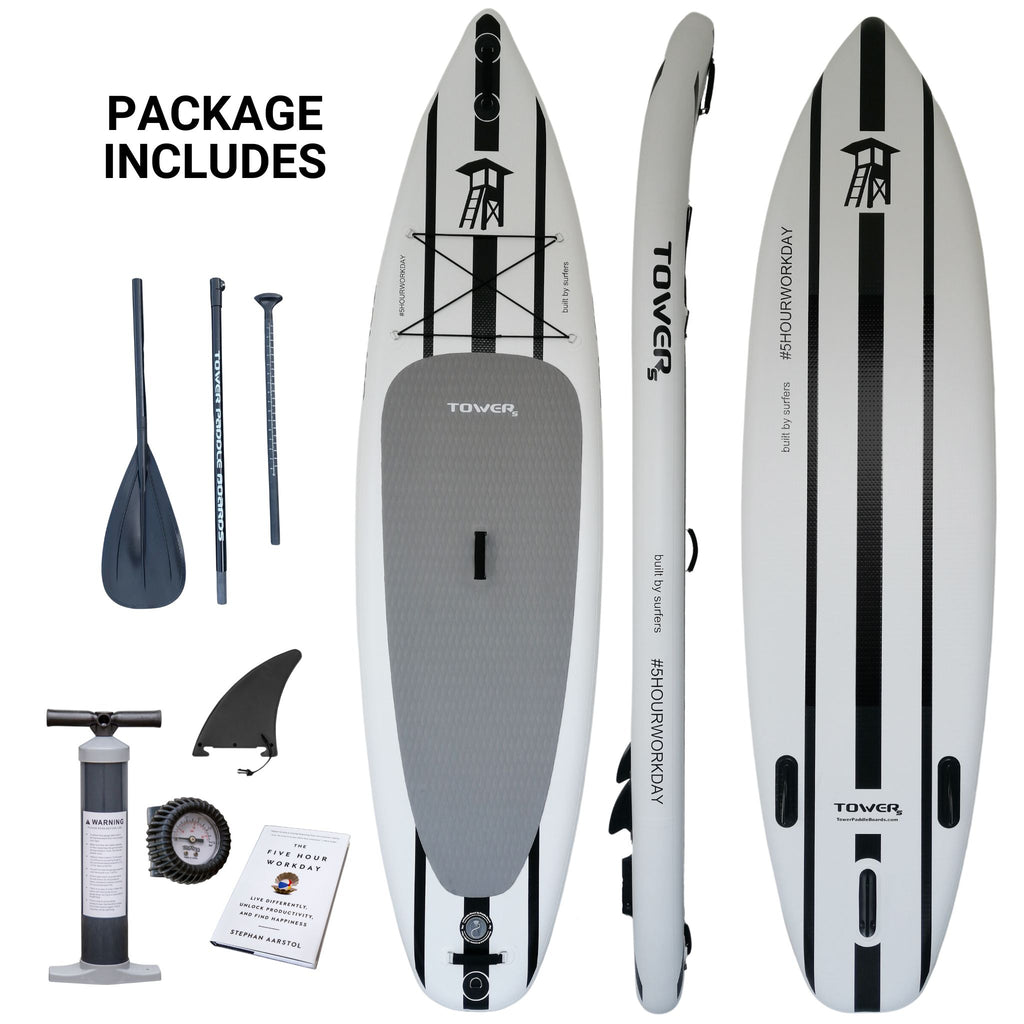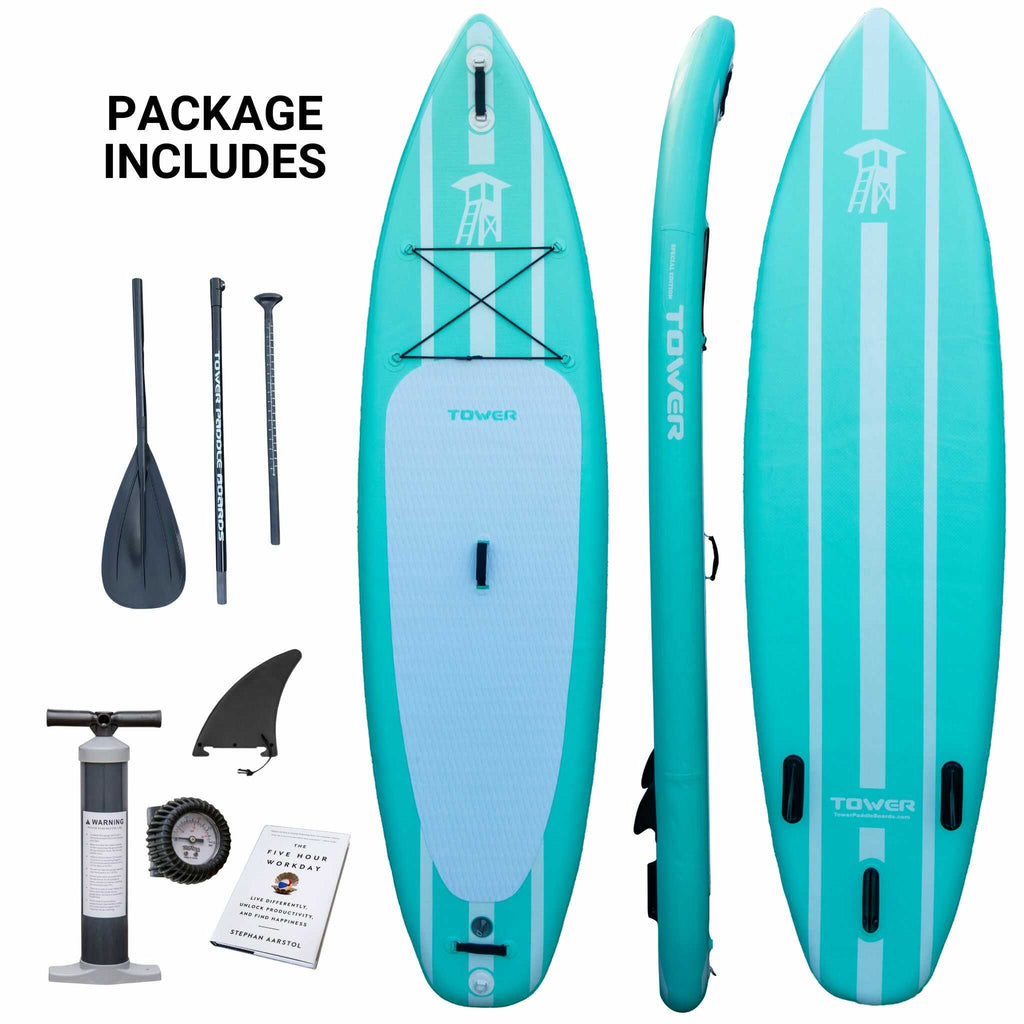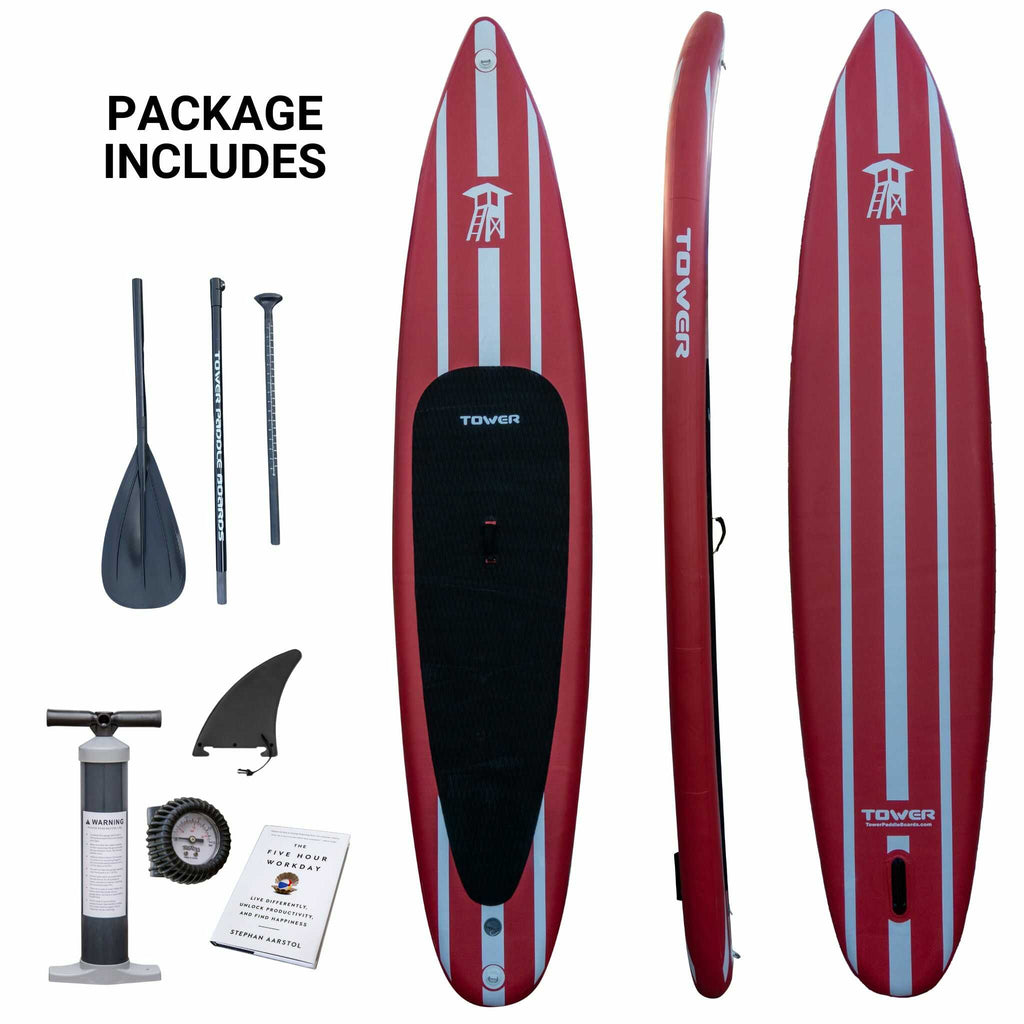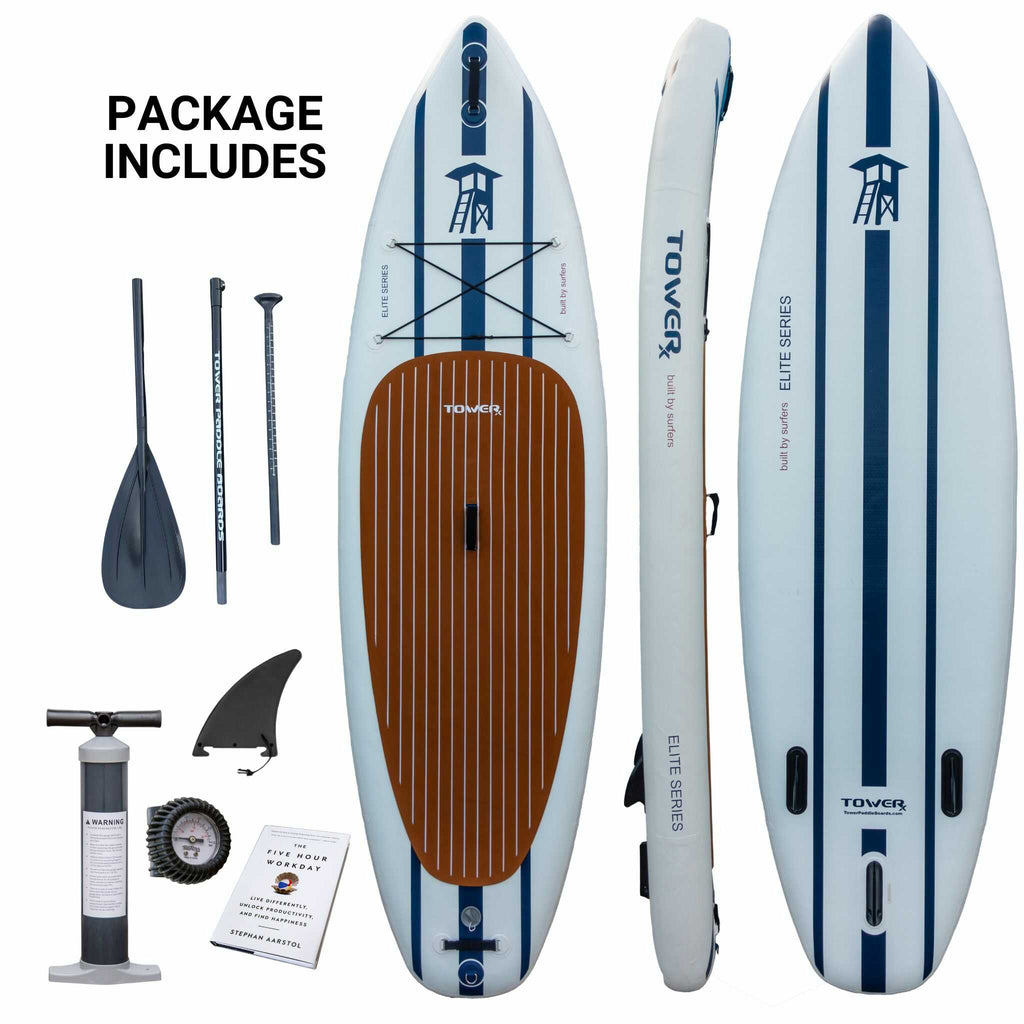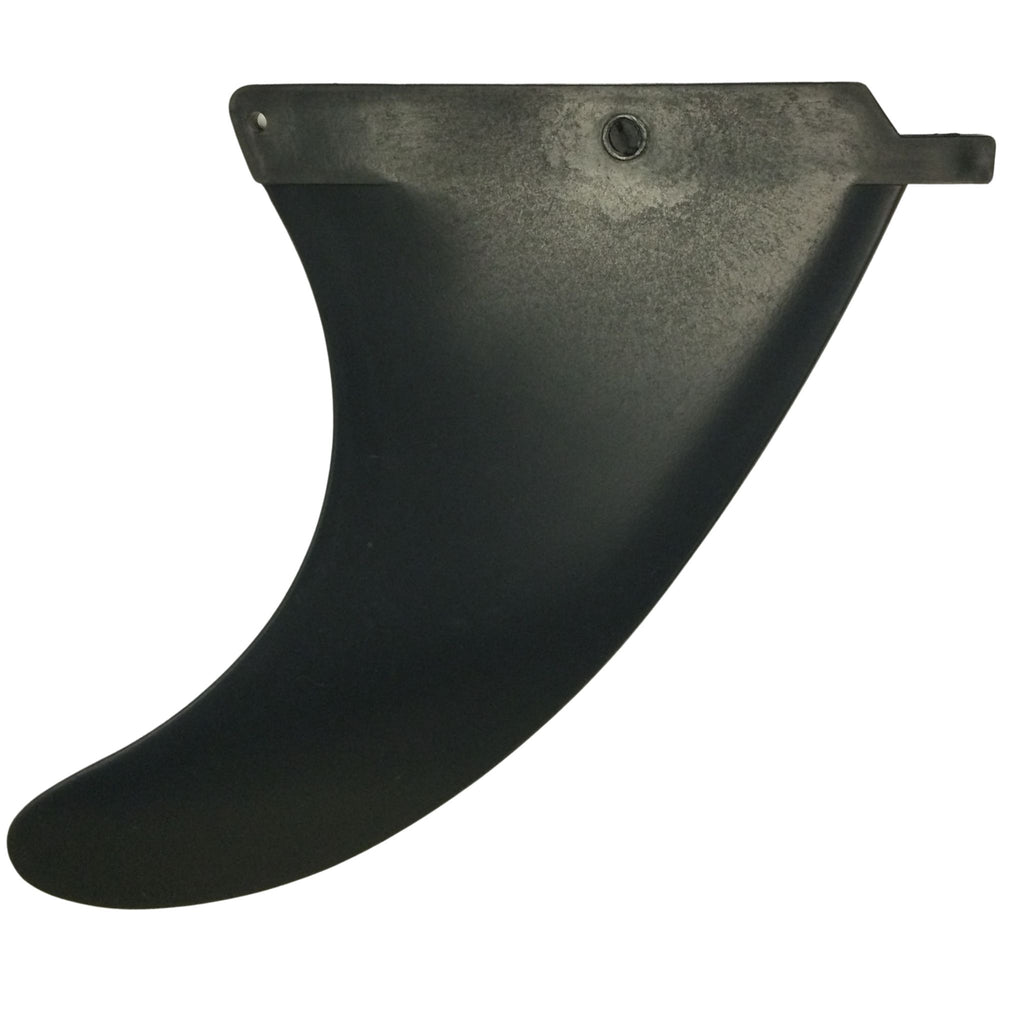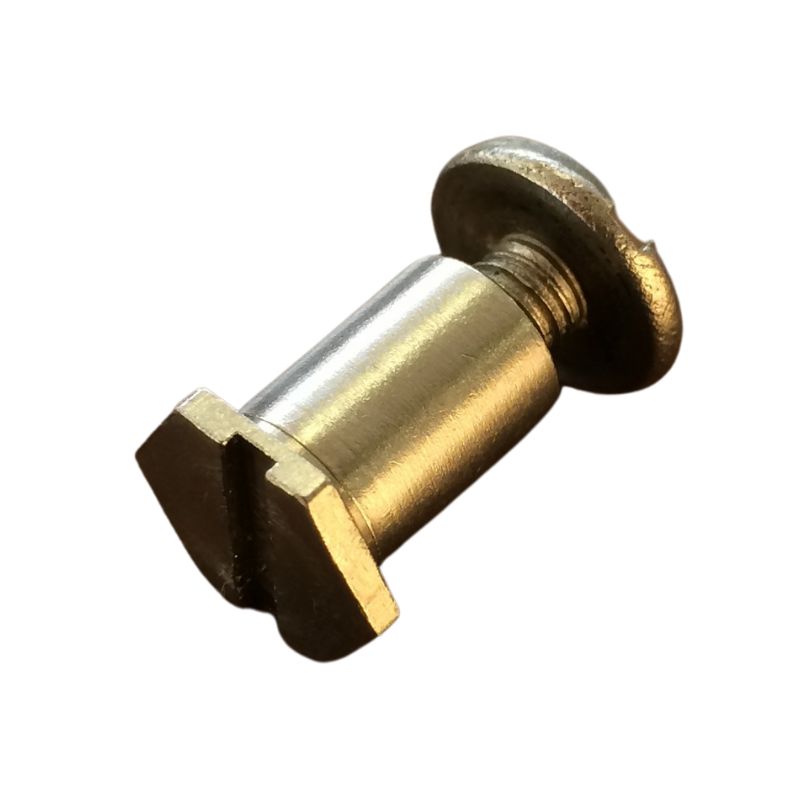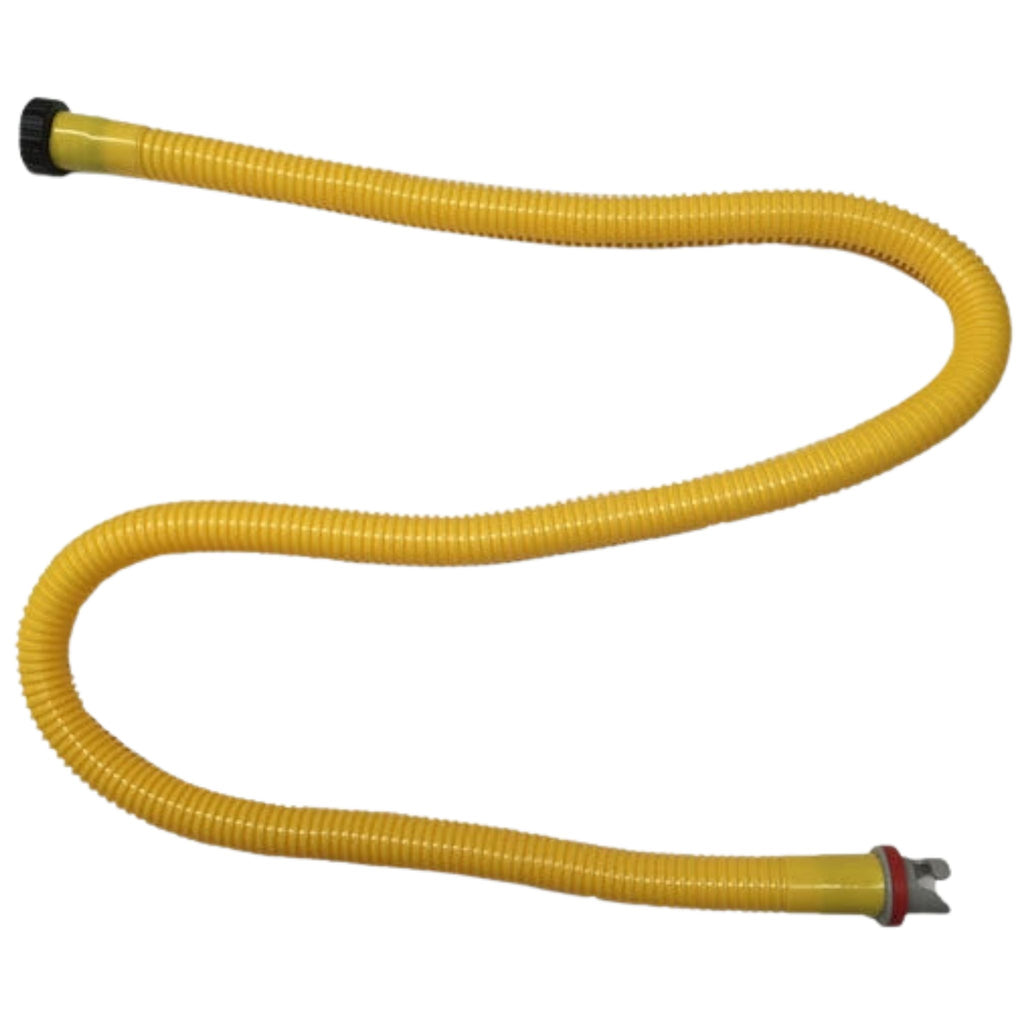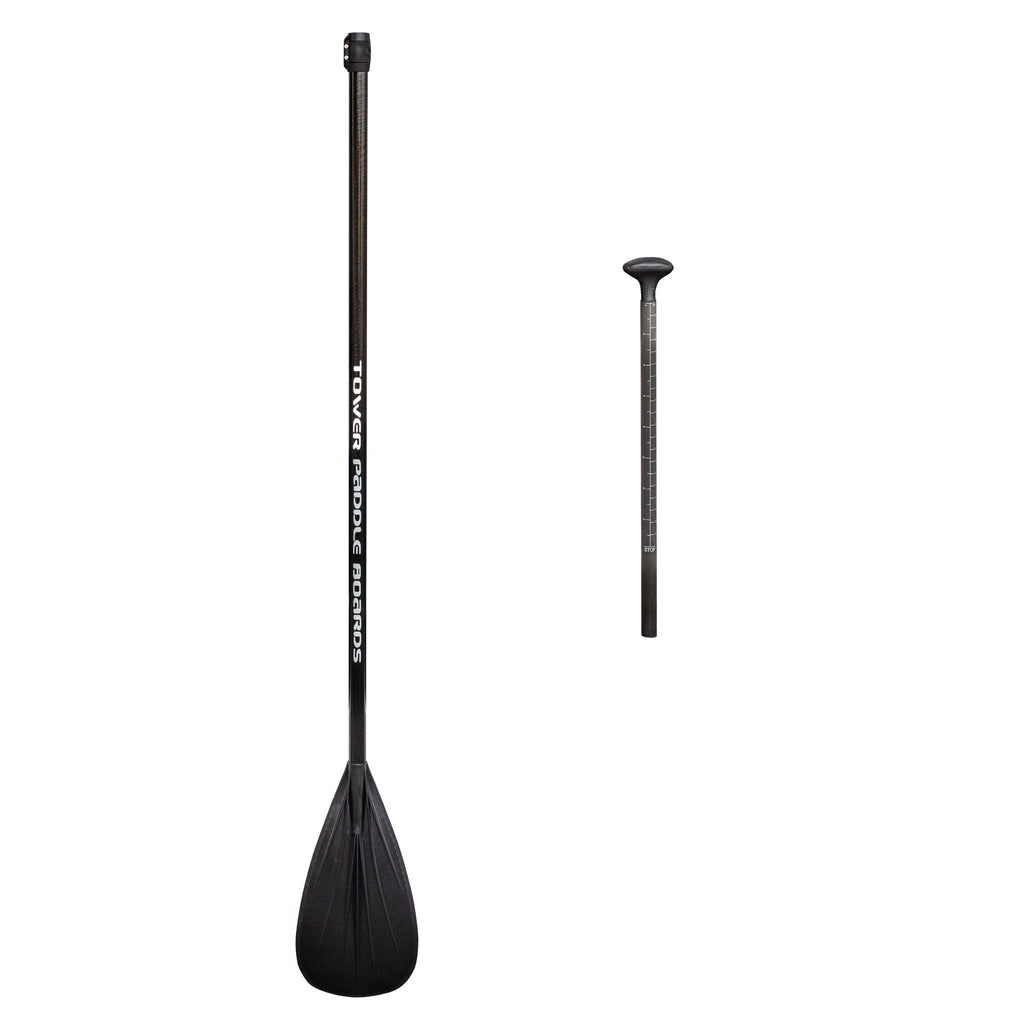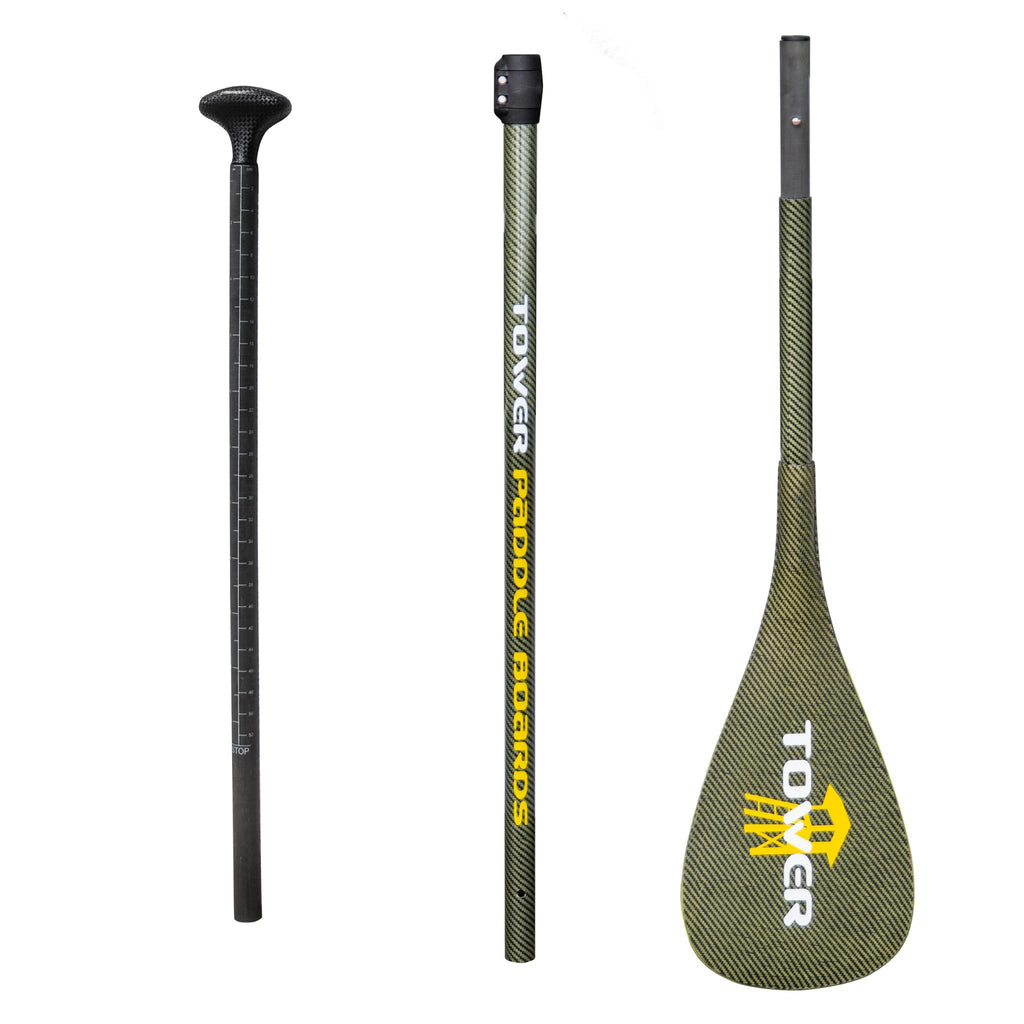The paddle boarding market consists of three major categories: inflatable paddle boards, classic hard top SUP’s, and foam paddle boards. The cheaper (generally speaking) and lesser quality of the three being foam paddle boards. There’s a reason we aren't in the foam paddle board business, it's because they’re not a quality built board that we stand by. It’s important to acknowledge the qualities that come with a paddle board before making a purchasing decision, especially when thinking of purchasing a foam paddle board. Here’s our list of 5 things to look out for in a foam paddle board.
#1 They are heavier boards and prone to soak up water over time
Despite the many online attempts to convince you otherwise, foam paddle boards are quite heavy. Due to their long interior wood stringer, and layer upon layer of foam, these boards can be a pain to carry to and from the water. Foam boards will also inevitably become heavier throughout their lifetime. After only a few uses a foam paddle board will begin to soak up and absorb water, making it waterlogged. Without the proper care and storage, foam boards can become so heavy with water weight that they are deemed dead after only a few years. Foam boards NEED to be stored inside and out of rain, unlike inflatable paddle boards. Any minor ding will cause the board to soak up an unfixable amount of water, which brings us to our next point.
#2 Dings and holes are tougher to fix
Unlike with classic sup’s, when a foam board is dinged and develops a hole, this hole cannot easily be fixed or sealed tight. With Epoxy or PU paddle boards all you need to do to fix a ding is seal it tight with a UV resin kit, which takes less than 5 mins to harden. Epoxy suncare will NOT work, and is not compatible with a foam paddle board. In fact, there isn't a universal solution to fixing foam paddle board dings. Hot glue will in no way shape or form be able to fully seal a foam ding, and the ding is destined to continue to rip apart from its origin. Foam makes a mess when opened up, just imagine trying to reseal!
#3 Sun damage, peeling and delamination
Foam paddle boards do not handle sun exposure well, and that's putting it nicely. Excessive sun exposure will have a foam paddle board beginning to peel, and after each time in use, small foam bits will start to rub off the deck of the board and corners. When these pieces fall off the board, the board is more susceptible to taking in water, and thus the process of your foam paddle board becoming heavier begins.
Sun exposure will also cause delamination within the board. The foam outer layer will begin to rise due to heat exhaustion, and separate from the interior stringer of your paddle board. Having a huge bubble on your board isn’t the nicest look, and the boards surface will begin to lose its rigidity.
#4 Unable to add accessories/customize
Due to their construction, it’s very difficult to add any paddleboard accessories to a foam paddle board. Almost no adhesive will work and stick directly to a foam board, making it impossible to add d-rings, extra handles, or a customizable bungee net to the deck of your board. What you buy is all you will get. There is no way to enhance your board.
#5 Tough to transport
As you can imagine, foam paddle boards cannot be deflated or rolled up like isup’s can. Storing these 10+ foot long boards can be a pain, and transporting them to your beach, lake or river can be a tough task if you live far from the water. Most foam paddle boards will not even fit in a SUV, they are simply too long. iSUP’s can easily fit in an inflatable backpack and can even be taken on a plane as a carry on.
The worst being those on vacation who purchase a foam paddle board, use it twice, then when it comes time to go back home they simply throw the board away because they can’t bring it back with them. What a horrible consumerist behavior, especially when taking into account all the microplastics that are destined to find their way into the ocean that come from disposing of a foam paddle board.











